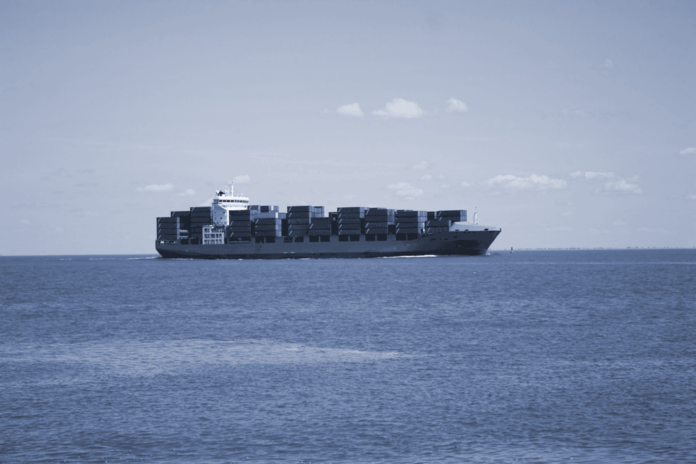
Are liner shipping companies taking it too far with their newbuilding investments? Concerns are rising that supply growth could leave carriers exposed in 2 years’ time. By Michael Hollmann
The party in container shipping [ds_preview]remains in full swing as freight rates and voyage revenues have kept increasing. However, on the sidelines of the party participants begin to feel queasy about the enormous amounts of new capacity added to the shipbuilding orderbook.
A record-breaking contracting spree saw projects for over 300 container ships signed at Asian shipyards in the first half of the year. The total combined capacity of all orders reached almost 12 % of current global fleet capacity, taking the overall container ship orderbook to 4.9 mill. TEU (572 vessels) as per early July, according to Clarksons Platou. This is equivalent to 20 % of total fleet capacity. Back in August last year, the ratio was just 9 %.
Most of the orders, close to 83 % in terms of nominal capacity, are backed by liner operators based on Alphaliner data – either directly as owners or as long-term charterers. Therefore employment of new tonnage appears not to be an issue, at least not on the face of it. However, it all depends on the performance of operators/charterers and the counter-party risk they represent. Generally, in view of today’s bumper earnings in liner shipping it seems not unreasonable to reinvest a growing share of it for fleet renewal. The question, though, is whether trade growth really warrants all the plans?
Estimates for box trade growth this year are at around +6 %, driven by US imports but with latest data also showing increased dynamics in the transatlantic, Asia/Europe and Asia/Latin America trades. For 2022, analyst opinion leans to slower, albeit still respectable growth of around +4 % in global loadings. Matching these rates with newbuilding additions (minus some recycling) suggests that the industry will be safe for two more years. Fleet capacity is expected to grow by just +4.5 % this year and +2.6 % in 2022. It is 2023 that people start to get worried about. Clarksons projects that 2 mill. TEU will come up for delivery that year, corresponding to +8 % supply growth – far beyond what trade growth had to offer over the past decade. In that case, capacity and pricing discipline among container lines would face a tough test, with mounting pressure on freight rates and on asset values.
Still, confidence is so strong following the spike in earnings since autumn last year that the contracting rally seems far from over. One global operator – Taiwan’s Yang Ming Line – has missed the trend towards 20,000+ TEU mega ships so far and is yet to jump on the bandwagon. Also, Maersk Line, soon to be outpaced by MSC as world-largest carrier, has more or less stayed clear of the contracting boom this year. Some believe it may return to the shipbuilding market big time soon.
Alphaliner warns that the orderbook-to-fleet ratio may even increase to 24 %, but anything beyond that would put the industry at risk of another chronic overcapacity crisis. Similar concerns are echoed in German tramp shipping circles. Risking another market depression as a result of over-ordering could prove a disaster not just for liner operators and shipowners, but for the whole planet.
Billions of dollars will be needed for the green transformation of container shipping over the next two decades – for dual-fuel vessels, smarter solutions and emission allowances under the EU Emissions Trading System that shipping will be become part of in 2023, just when overcapacity might hit. Carriers still have it in their hands. Wasting their record profits on too many conventional ships would be the worst of all options.

















